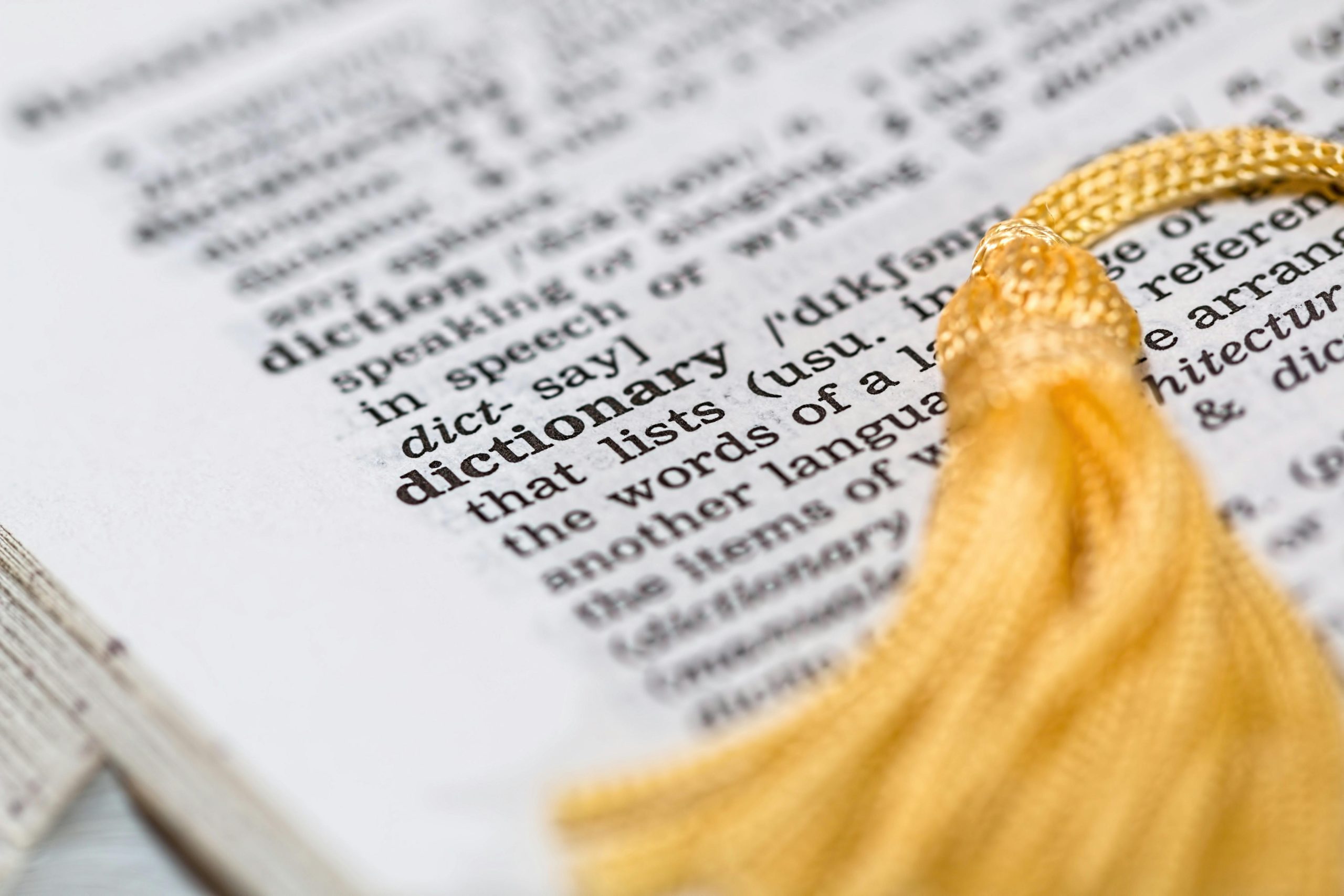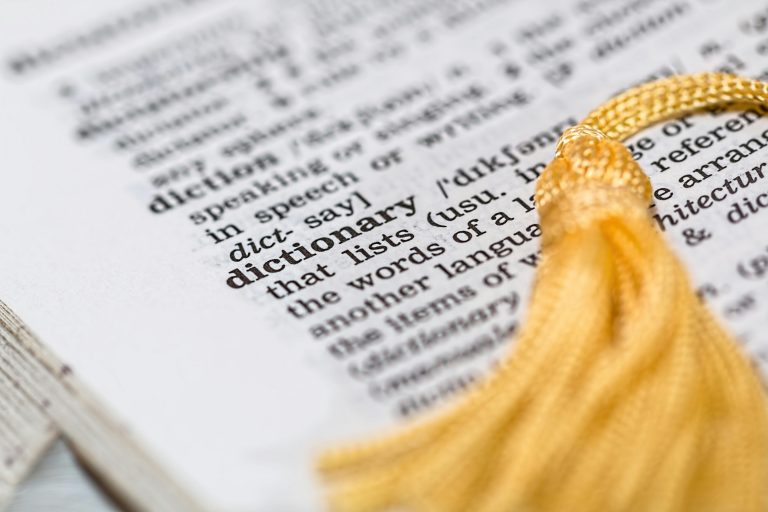The Rise of Digital Language Tools
In recent years, electronic dictionaries and translators have become increasingly popular. These digital tools promise to make learning languages and communicating across languages much easier. With a few taps on your smartphone, you can supposedly translate entire paragraphs or look up definitions instantly. But how accurate and reliable are these electronic assistants really?
Accuracy Varies Greatly Between Tools
The accuracy of electronic dictionaries and translators depends greatly on the specific app or device. According to language technology experts, some tools utilize more advanced AI algorithms and have access to larger databases. For example, translation programmes draws from their trove of web page translations to constantly improve its offerings. However, many cheaper or free smartphone apps fail to achieve high quality translations. A recent study found the accuracy rate of popular translator to be over 90 percent for European languages, while a basic dictionary app was only about 45 percent accurate.
As mobile dictionaries continue evolving alongside artificial intelligence innovations, they have much to offer language enthusiasts. However, prudent user expectations remain key – these tools have inherent limitations in conveying the cultural wisdom woven into ancient tongues like Urdu. With sound learning strategies, electronic dictionaries can aid, but not replace, mastery journeys.Some modern translators have a built-in dictionary function even for such rare languages as Urdu, for example https://lingvanex.com/translation/english-to-urdu.
Steady Improvements Through Machine Learning
Thanks to translation technology, we stand at the cusp of a new era of global interconnection. As algorithms grow more sophisticated, they unlock opportunities to bridge linguistic and cultural barriers like never before. Machine translation has the potential to empower businesses to expand reach into international markets quicker than manually translating content. For example, translation providers like https://lingvanex.com offer a AI-powered tool. This translator enables efficient localization across over 100 languages. Meanwhile on an individual level, these tools allow people across the world to exchange ideas in ways previous generations could not imagine.
Performance Better for Basic Sentences
Electronic translators tend to perform better with simple, short sentences using common vocabulary compared to complex paragraphs full of idioms. According to professors at translation schools, advanced grammar and linguistic nuances pose major challenges for even the best AI systems today. The technology struggles to account for things like irony, metaphors, humor and cultural references. So while digital tools can help tourists communicate basic needs when traveling, relying solely on these tools for business negotiations or legal matters would be risky.

Examples Reveal Limitations
Let’s look at some examples that demonstrate the limitations of electronic translators. The English phrase “he was caught red-handed” translated literally into Spanish would lose the metaphor meaning. And complex sentence structures often get mangled by the algorithms. The tools also fail to adapt to different contexts. For example, the English word “charge” has multiple meanings as a financial fee, military attack, or criminal accusation. Many tools cannot determine which meaning fits correctly in the translated sentence.
Tips for Smart Use
Electronic dictionaries and translators can be useful aids, but experts advise caution in relying too heavily on their accuracy. Keep sentences simple and clarity is key when using the tools. Having a human review translations for nuanced or high-stakes messages is also recommended. With smart and strategic use, digital dictionaries and translators will likely continue improving and making intercultural communication easier. But true fluency still requires human effort through language classes, reading literature, and conversing regularly.

